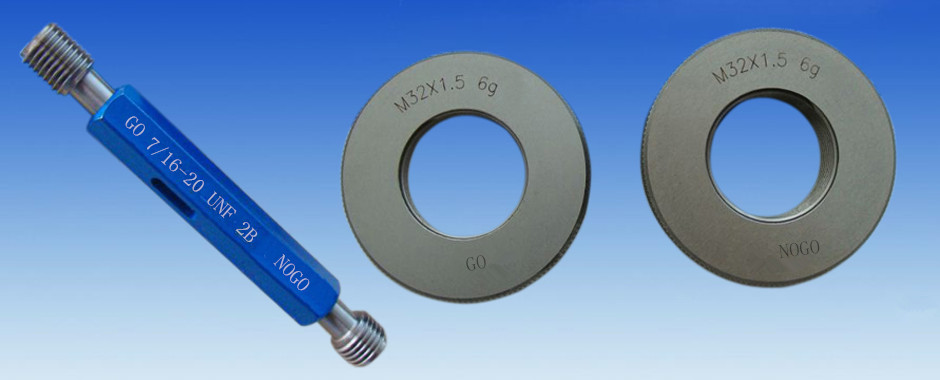The History Of Thread Cutting Tools
Posted by threadtapsdies on November 22nd, 2016

We take it for granted that the modern world has thread cutting tools, such as taps and dies, which are used in a wide range of applications. In fact, every item with screws, nuts and bolts in it have been manufactured with the use of threading tools, either directly or indirectly.
But do you know when and where these tools come from? Here’s a quick peek at the history and terms used in relation to taps and dies, among other tools.
An Invention by Archimedes
While taps and dies may appear modern, these actually have their roots in ancient history. In 250 B.C., Archimedes invented the screw thread, which evolved in the succeeding centuries although the basic form remained.
Archimedes, by the way, was an ancient Greek engineer, inventor, mathematician, astronomer, and physicist. His achievements made him one of the leading scientists of his time, as well as one of the best mathematicians for all time. He is credited with the invention of compound pulleys and screw pumps, which are based on the Archimedes screw, among others.
Henry Maudslay Came Along
For many centuries afterwards, skilled craftsmen created handmade wooden screws. These were used for carpenters’ clamps and wine presses, among others, across Europe and Asia. But these wooden screws weren’t precise in their design.
And then came along Henry Maudslay, the inventor of the screw cutting lathe. When he introduced it in 1797, the era of precision-engineered screws and threads began – and the invention of modern thread cutting tools, particularly the taps and dies, followed afterwards.
Henry Maudslay also began studying the production of uniform and precise screw threads in the 1800s. His motivation: The manufacturers of the time made as many threads on a bolt as necessary, which resulted in no two screws being alike. For example, Manufacturer A will make 10 threads/inch on a 1/2-inch diameter part while Maker B made 12 threads on the same part.
The need for thread standardization increased for this reason. This was especially true when mass production of products with screws increased. The manufacturers just cannot agree on the uniformity of their threaded screws, which had adverse impact on the market.
Standardization Starts
During World War I, the standards for threads were developed. This isn’t surprising in a way since standards were necessary to win the war via the tools, equipment and machines used in it.
In fact, the thread profile standard used in World War I was designated as the American National thread form. This was used until World War II as the principal thread used in the United States. But it also had its problems – military equipment manufactured in the US were incompatible with the machinery made in the United Kingdom and Canada.
In 1948, the three countries agreed to adopt the Unified thread form. The result: The interchangeability of threaded parts between countries became possible. Even the thread cutting tools were standardized in the process.
Contact :
Wuhan Kenuo Tools Co.,LTD
No.216 Baishazhou Road,
Honshan,Wuhan,Hubei
430065, China
Phone : 1-355-407-0132
Emaild: threadtapsdies@gmail.com



